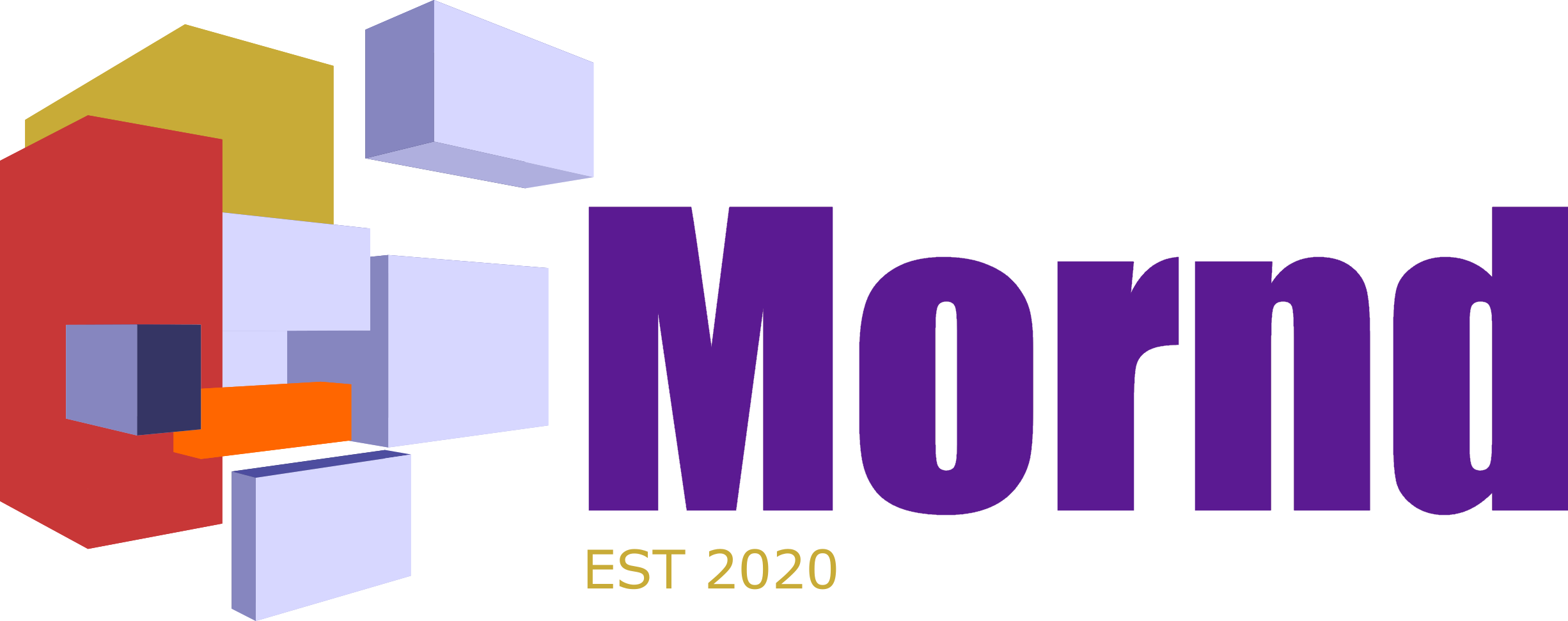Introduction:
Goal setting is a fundamental aspect of personal and professional development, providing a roadmap to achieve success and fulfillment. In today’s fast-paced and competitive world, setting effective goals is more crucial than ever before. This article aims to explore the significance of goal setting, delve into different goal-setting methodologies, and highlight the guiding principles to enhance productivity and achievement.
1. The Importance of Goal Setting:
Setting goals is essential for several reasons. Firstly, having a clear objective helps individuals channel their energy and resources efficiently towards a specific outcome. Goals provide a sense of direction, allowing people to prioritize tasks and make informed decisions. Secondly, goals foster motivation and determination as they create a sense of purpose and excitement. This motivation enables individuals to overcome challenges and persevere in pursuit of their aspirations. Lastly, well-defined goals serve as benchmarks for measuring progress and celebrating achievements, thereby enhancing self-awareness and boosting self-confidence.
2. SMART Goals: A Practical Approach:
One of the most widely recognized and effective goal-setting techniques is SMART goals. SMART is an acronym that stands for Specific, Measurable, Achievable, Relevant, and Time-Bound. This methodology encourages individuals to set goals that are clear, quantifiable, attainable, relevant to their aspirations, and bound within a specific timeframe. The article provides examples to illustrate how SMART goals can be applied in various contexts, such as personal development, business, and academic pursuits.
3. Setting Process-Oriented Goals:
While outcome-based goals are commonly embraced, a shift towards process-oriented goals can have numerous benefits. Process-oriented goals focus on the actions and behaviors that need to be undertaken to achieve a desired outcome. This approach emphasizes the importance of consistency, habit formation, and ongoing learning. By shifting the emphasis on the process rather than solely fixating on outcomes, individuals can enjoy the journey and maintain sustained progress towards their goals.
4. Establishing Long-Term and Short-Term Goals:
In order to maintain focus and direction, individuals should establish both long-term and short-term goals. Long-term goals provide a roadmap for major accomplishments or milestones, while short-term goals break down the journey into manageable steps. This article explores strategies for aligning short-term goals with long-term aspirations and emphasizes the importance of regularly reassessing and revising goals based on changing circumstances and personal growth.
5. Overcoming Obstacles and Developing Resilience:
Goal setting is not without its challenges. Individuals often encounter obstacles along their journey that can provoke frustration, self-doubt, or even failure. However, these setbacks can serve as valuable learning opportunities and fuel personal growth. This section provides practical guidance on adopting a resilient mindset, developing strategies to overcome obstacles, and maintaining a positive attitude in the face of adversity.
6. Accountability and Goal Tracking:
Accountability is a key component of successful goal setting. Sharing goals with trusted individuals or joining accountability groups can provide the necessary support, encouragement, and external feedback required for progress. Moreover, tracking progress through regular evaluation and reflection can ascertain whether adjustments in strategies or expectations are required. This section delves into various methods for effectively tracking goals and highlights the importance of celebrating milestones along the way.
7. Evolving Goals in a Changing World:
In today’s rapidly evolving world, individuals must be adaptable and flexible in their goal-setting approach. Factors such as technological advancements, shifting market trends, and personal circumstances can necessitate adjustments to goals. Therefore, this section emphasizes the importance of being agile and demonstrates how individuals can continuously refine and reshape their goals to align with changing realities.
Conclusion:
Goal setting is a paramount aspect of personal and professional growth, providing individuals with a roadmap towards success. By employing methodologies such as SMART goals, focusing on process-oriented goals, and establishing long-term and short-term objectives, individuals can enhance productivity, motivation, and direction. Moreover, developing resilience, nurturing accountability, and adapting goals to changing circumstances enable individuals to navigate challenges and achieve lasting success. By embracing the art of goal setting, individuals are empowered to unlock their full potential and lead fulfilling lives.





